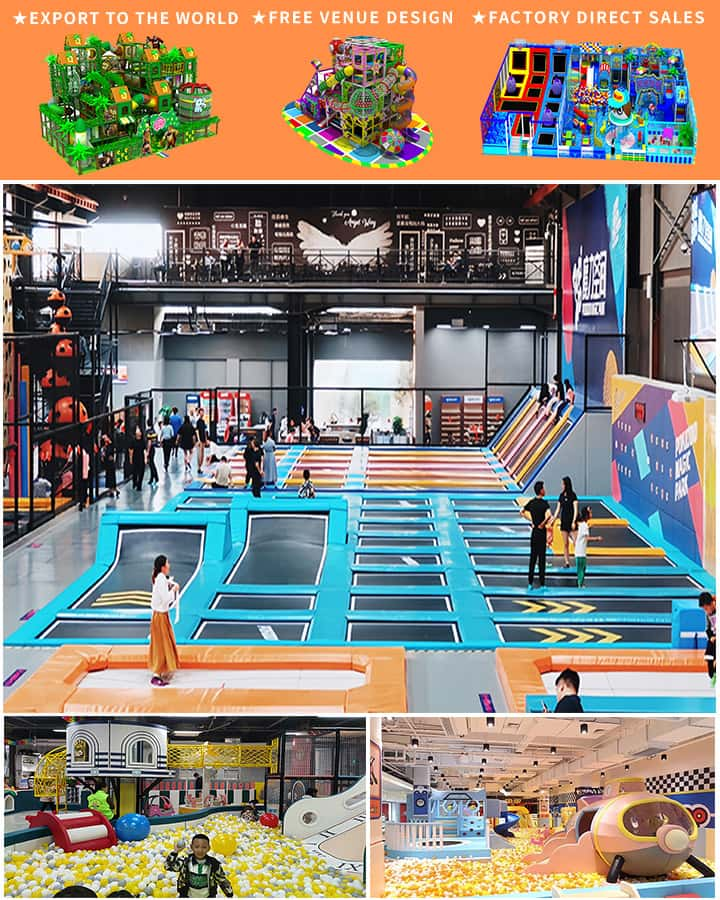When it comes to creating a safe and enjoyable environment for children, choosing the right playground surface is crucial. A soft playground surface not only enhances safety by reducing the risk of injuries from falls but also adds comfort and aesthetic appeal. However, understanding the cost associated with installing such surfaces can be complex. This article will guide you through the key factors influencing the cost of soft playground surfaces, helping you make an informed decision.
Types of Soft Playground Surfaces
Soft playground surfaces come in various materials, each with its own set of characteristics and cost implications:
- Rubber Mulch: Made from recycled rubber, this material is both eco-friendly and durable. It provides excellent cushioning and is relatively cost-effective.
- Poured-in-Place Rubber (PIP): This is a two-layer safety surface that offers superior durability and shock absorption. While more expensive than rubber mulch, it provides long-term benefits.
- Artificial Turf: Designed to mimic natural grass, artificial turf offers a soft landing surface with low maintenance costs. Prices can vary based on quality and installation requirements.
- Bonded Rubber Pavement: Composed of rubber granules bound together by a polyurethane binder, this surface offers high resilience and durability but comes at a higher price point.
Factors Influencing Cost

Understanding what drives the cost of soft playground surfaces can help you budget effectively:
Material Cost: As mentioned, different materials have varying costs. High-quality options like PIP or bonded rubber pavement tend to be more expensive but offer greater longevity and safety features.
Installation Costs: Labor costs can significantly impact the overall expense. Complex designs or larger areas may require more time and expertise, driving up the price.
Site Preparation: Proper site preparation is essential for optimal performance and longevity of the playground surface. This might include grading, compaction, and base layer installation, all of which add to the overall cost.
Location: Your geographic location can influence costs due to variations in labor rates, material availability, and transportation expenses.
Design Complexity: Customized designs or intricate patterns may require more materials and skilled labor, increasing the cost.
Maintenance Costs: Although not an upfront cost, considering long-term maintenance is crucial. Some materials might require regular topping up or cleaning, adding to the total expenditure over time.
Budgeting Tips
To manage costs while ensuring a quality installation, consider the following tips:
Prioritize Safety: Invest in high-quality materials that meet safety standards to minimize the risk of injuries and reduce future repair costs.
Get Multiple Quotes: Contact several contractors to get detailed quotes, allowing you to compare prices and services.
Consider Long-Term Benefits: While some options may have higher upfront costs, they could save money in the long run due to their durability and low maintenance needs.
Plan for Future Expansion: If you anticipate expanding your playground, choose a flexible design that can accommodate growth without requiring a complete overhaul.
In conclusion, the cost of a soft playground surface is influenced by various factors including material choice, installation complexity, and maintenance requirements. By understanding these elements and planning carefully, you can create a safe and enjoyable play area that fits within your budget. Remember, investing in high-quality materials and professional installation is crucial for ensuring the safety and longevity of your playground surface.




